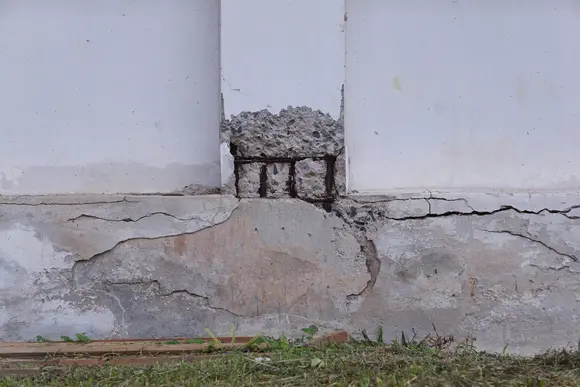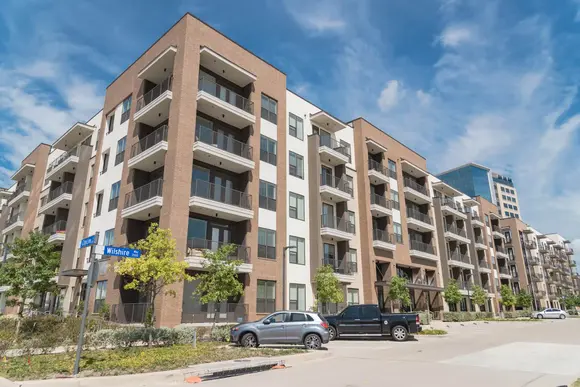Concrete, a material known for its strength and durability, can sometimes face a formidable adversary known as concrete cancer which poses a critical question for property owners and managers: should you repair the affected concrete or replace it entirely?
In this blog, we will delve into this challenging decision-making process, explore key factors to consider, and ultimately guide you towards the most suitable solution. At MJ Engineering Projects, we offer concrete spalling / cancer repairs services, providing tailored solutions to address concrete cancer efficiently and effectively.
Concrete cancer is a condition where the structural integrity of concrete is compromised due to various factors such as moisture ingress, corrosion of embedded steel reinforcement, and environmental stressors.
It typically manifests as cracks, spalling, and deterioration of the concrete surface. When faced with concrete cancer, property owners are confronted with two primary options: repair the damaged concrete or opt for a complete replacement. Each choice comes with its own set of considerations and implications.
Factors to Consider
Extent of Damage
One of the foremost factors to assess is the extent of the concrete cancer. Small, localized areas of damage may be suitable for repair, while widespread or deep damage may necessitate a full replacement. Our remedial engineers can conduct thorough inspections to determine the extent of the deterioration and provide accurate cost estimates.
Structural Implications
Concrete cancer that affects load-bearing components or critical structural elements demands careful consideration. If the integrity of the structure is compromised, safety concerns come to the forefront. In such cases, the decision to replace the concrete might be the safest course of action.
Cost Considerations
Budget constraints often influence the decision between repair and replacement. In general, repairing damaged concrete is a more cost-effective option than replacing it entirely.
However, it’s essential to weigh these costs against the long-term benefits. While repairs may be less expensive upfront, if the damage is extensive, frequent repairs over time can add up, making replacement a more cost-effective choice in the long run.
Future Preventive Measures
Addressing the root causes of concrete cancer is essential to prevent its recurrence. Moisture ingress and corrosion are common contributors to this condition. Implementing preventive measures, such as improved waterproofing and protective coatings, should be factored into the decision-making process. Consider how both repair and replacement options align with long-term maintenance and preventive strategies.
The Decision: Repair or Replace?
In conclusion, the decision to repair or replace concrete affected by concrete cancer demands careful consideration of the extent of damage, structural implications and cost considerations. It is a decision that impacts the safety, longevity, and financial aspects of your project.
At MJ Engineering Projects, we specialise in concrete spalling and concrete cancer inspection and repairs, offering expert assessments, and tailored solutions to help you make the right choice.

The word “remedial works” is a broad term that refers to any construction work that has been carried out to solve a problem or rectify an impact. It may also refer to specific works that have been carried out for these purposes.

A remedial engineer is an engineer who specialises in repairing structures and land that have failed or been damaged, and pose a danger to people and property.

Various types of concrete damage like concrete cancer, cracking need structural strengthening, and leaks in basements or ceilings require cost-effective and durable repairs in commercial, industrial, and residential buildings.
© 2024. MJ Engineering Projects Pty Ltd. All Rights Reserved